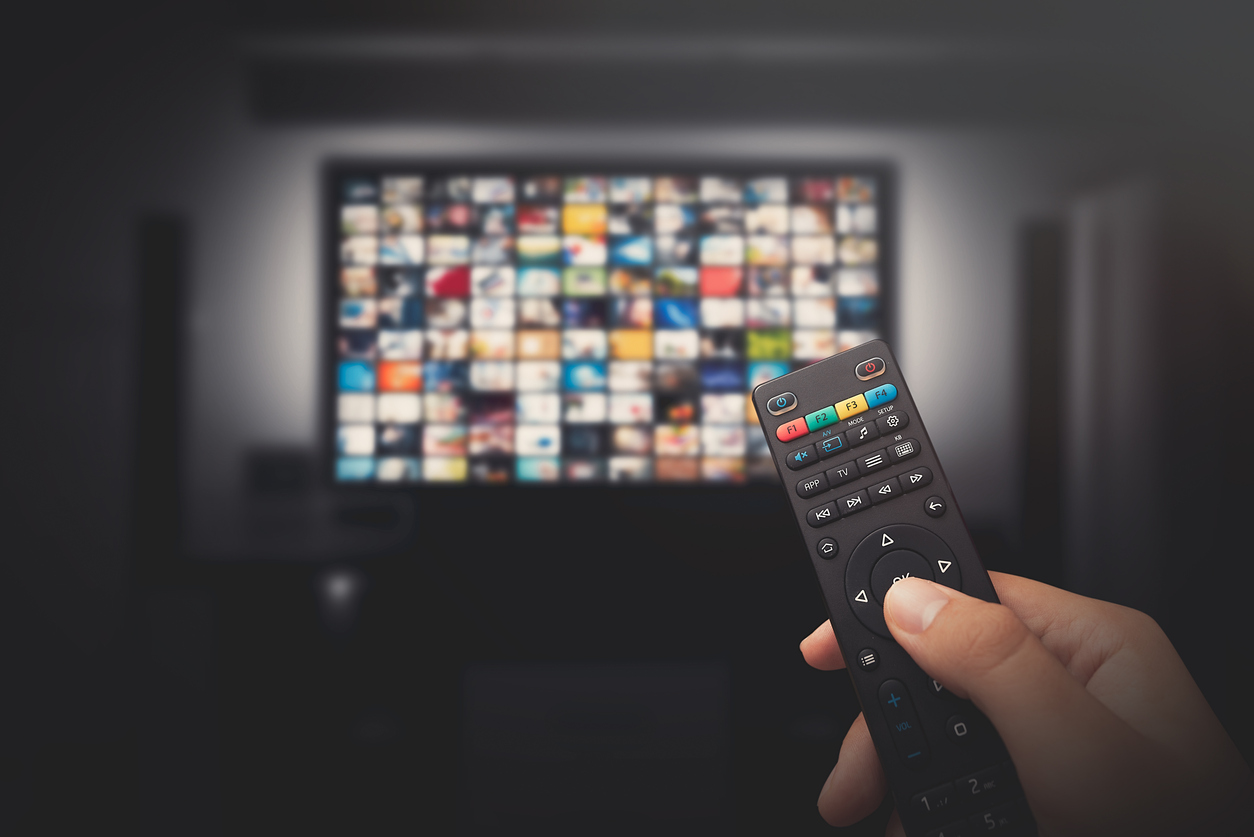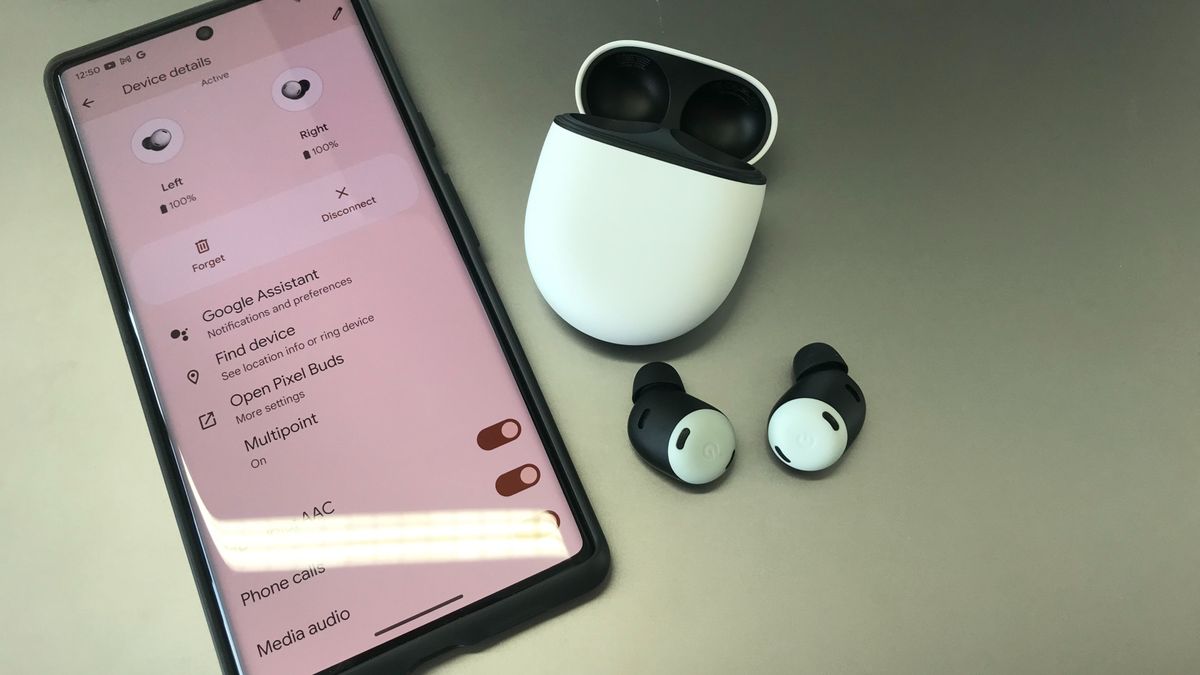U.S Cable TV Companies Quietly Bled Another 785,000 Paying Customers Last Quarter

from the couldn’t-have-happened-to-a-nicer-fella dept
The “cord cutting” phenomenon the cable and broadcast sector long denied or downplayed simply shows no sign of slowing down. According to the latest data by Leichtman Research, the top U.S. pay TV companies lost another 785,000 subscribers last quarter as younger Americans continue to shift to streaming video, over the air antennas, or free services like TikTok and YouTube.
While alternative pay TV services (streaming on demand and live streaming) services saw a 701,000 subscriber jump during the third quarter, traditional cable companies lost an estimated 981,674 subscribers depart for greener pastures. Phone companies (AT&T, Verizon) and traditional satellite TV companies (DirecTV, Dish) lost 701,000 paying subscribers during the quarter.
Leichtman’s analysis never really answers why consumers continue to flee traditional cable (high prices, bloated channel bundles, bullshit fees, comically terrible customer service), instead only focusing on the fact that this was the third best quarter for streaming services in history:
“Spurred by a strong quarter from Internet-delivered vMVPD services, pay-TV net losses of about 785,000 in 3Q 2022 were more modest than in the first two quarters of the year,” said Bruce Leichtman, president and principal analyst for Leichtman Research Group, Inc. “Not including YouTube TV, which does not regularly report subscriber totals, vMVPDs had nearly 900,000 net additions in the quarter. This was the third most quarterly net adds ever for the top publicly reporting vMVPD services.”
Things are particularly tricky for companies like Comcast and Charter. Generally speaking, their monopoly over broadband access across vast swaths of the country (83 million Americans live under a broadband monopoly) means they can simply recoup their losses by charging captive broadband subscribers more money. Usually this is done via bullshit broadband fees and bullshit bandwidth usage caps.
But both companies are starting to see a small but meaningful surge in competitive threats coming mainly from two fronts: publicly-owned utilities, cooperatives, and municipalities buoyed by $50 billion in looming COVID relief and infrastructure broadband funding, and wireless companies selling fixed home 5G service.
Neither competitive threat is quite large enough to yet drive wholesale change in the uncompetitive broadband industry, but it’s just enough to make recouping losses on the video side just a bit more annoying for everybody’s favorite, deeply entrenched, government-coddled, natural monopolies.
Filed Under: cable, cable tv, competition, cord cutting, customer service, prices, streaming, video



:no_upscale()/cloudfront-us-east-1.images.arcpublishing.com/dmn/3O64XIWTM5FNHH2XDY7VI6AOMQ.jpg)




